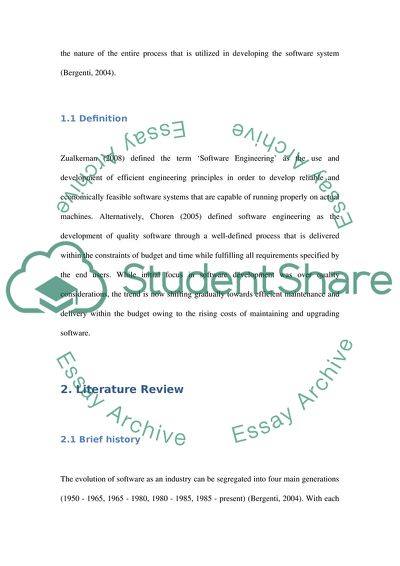Cite this document
(Software Engineering Techniques for Service-Based Development Research Paper, n.d.)
Software Engineering Techniques for Service-Based Development Research Paper. Retrieved from https://studentshare.org/information-technology/1760260-software-engineering-techniques-for-service-based-development
Software Engineering Techniques for Service-Based Development Research Paper. Retrieved from https://studentshare.org/information-technology/1760260-software-engineering-techniques-for-service-based-development
(Software Engineering Techniques for Service-Based Development Research Paper)
Software Engineering Techniques for Service-Based Development Research Paper. https://studentshare.org/information-technology/1760260-software-engineering-techniques-for-service-based-development.
Software Engineering Techniques for Service-Based Development Research Paper. https://studentshare.org/information-technology/1760260-software-engineering-techniques-for-service-based-development.
“Software Engineering Techniques for Service-Based Development Research Paper”, n.d. https://studentshare.org/information-technology/1760260-software-engineering-techniques-for-service-based-development.


